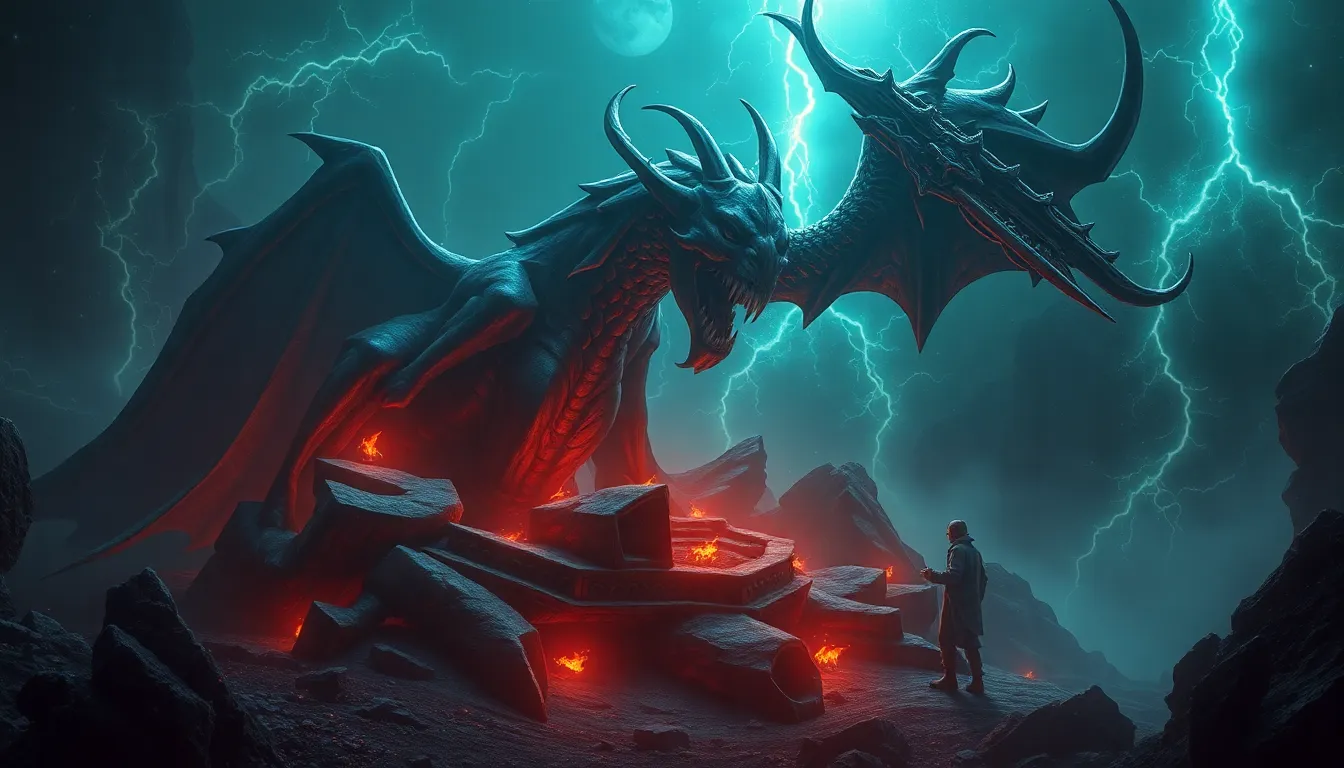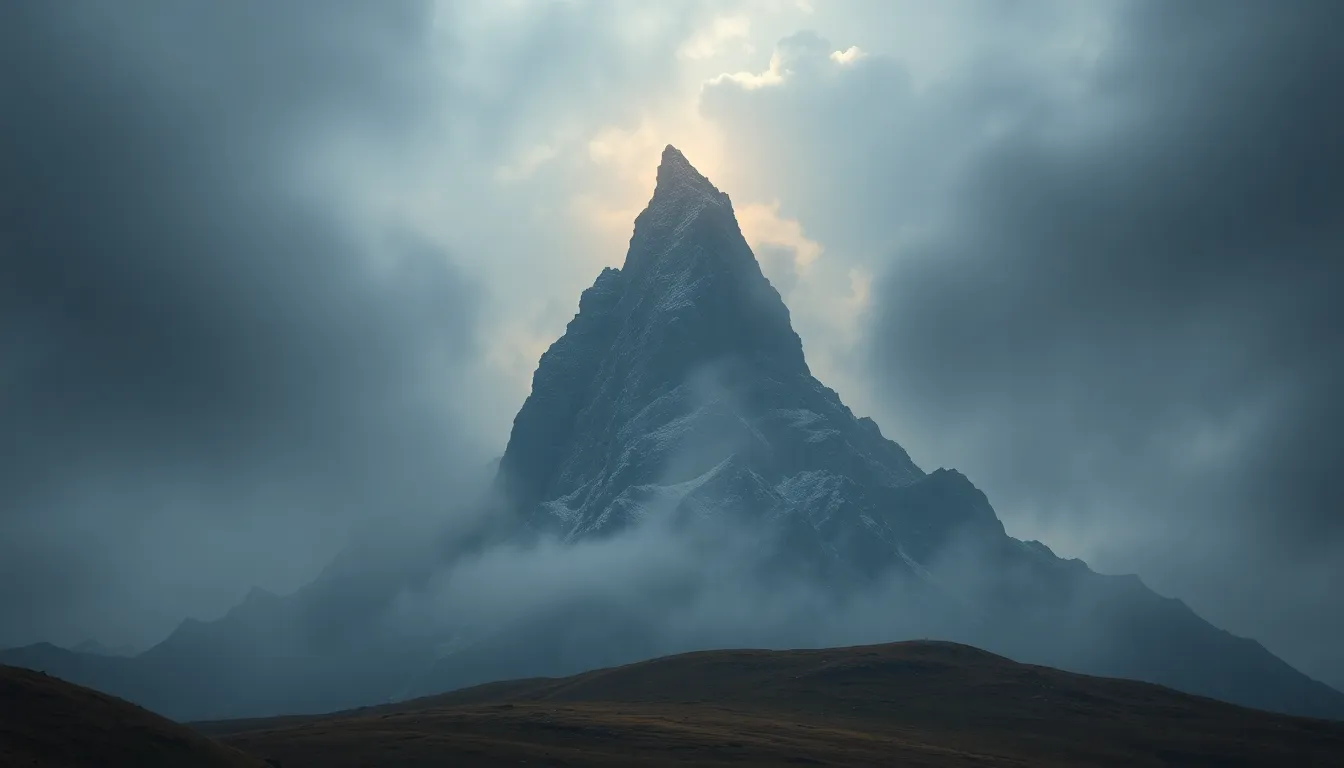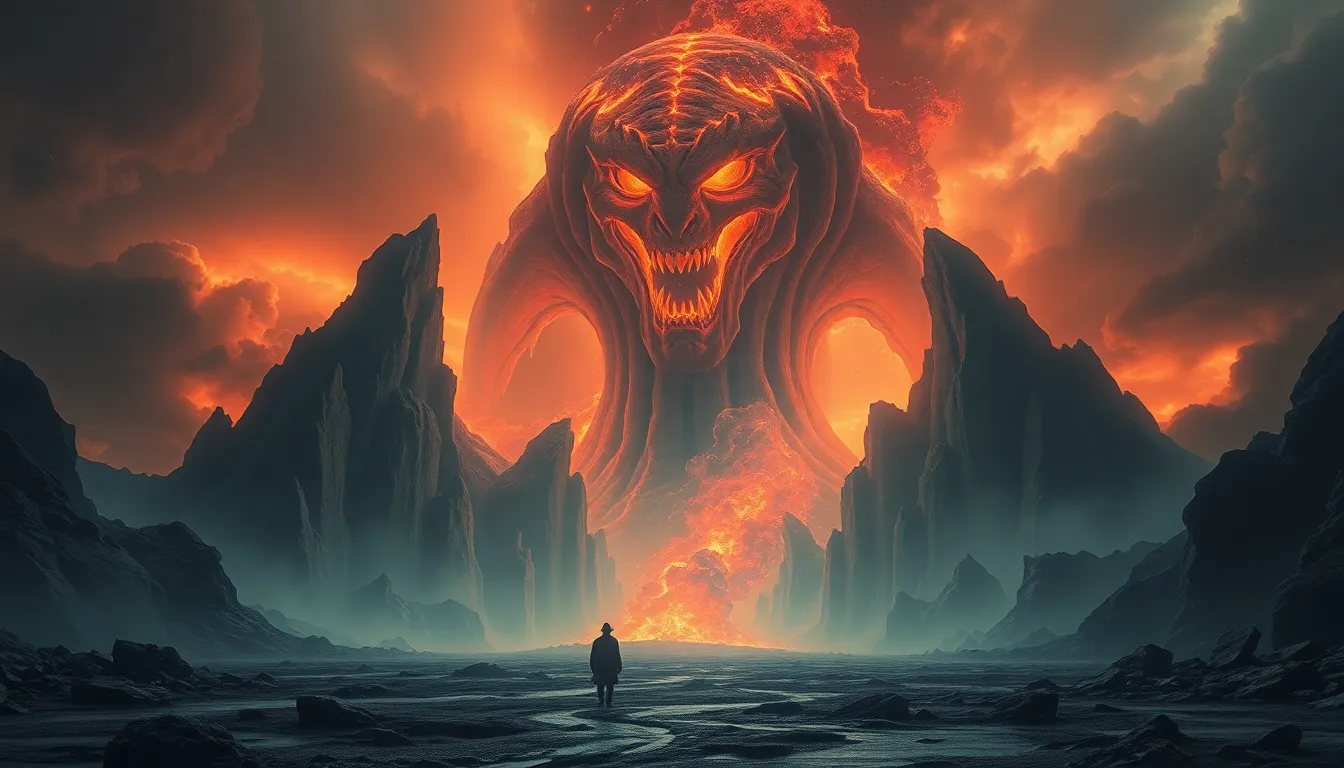Underworld Myths: The Secrets of Life Beyond Death
Introduction to Underworld Myths
Underworld myths encompass a rich tapestry of stories and beliefs that explore the nature of death, the afterlife, and the journey of the soul. These myths have been pivotal in shaping cultural perspectives on mortality and the unknown that lies beyond. Across various civilizations, underworld myths serve not only as explanations for what happens after death but also as moral frameworks that guide the living.
The importance of these myths in various cultures cannot be overstated; they provide comfort, instill hope, and offer a sense of continuity beyond physical existence. Throughout history, themes such as judgment, reincarnation, and the quest for eternal life have permeated these narratives, reflecting humanity’s enduring fascination with life beyond death.
Historical Context of Underworld Beliefs
Beliefs surrounding the afterlife have evolved significantly in ancient civilizations. From early animistic practices to complex theological systems, the concept of an underworld has been a constant in human culture. Key cultures that provide insight into these beliefs include:
- Ancient Egypt
- Mesopotamia
- Greece
- Mesoamerica
Mythology has played a crucial role in shaping societal views on death and the afterlife. These narratives often reflect the values, fears, and hopes of the cultures that created them, providing a framework for understanding the inevitable end of life.
The Underworld in Ancient Egyptian Mythology
In Ancient Egyptian mythology, the afterlife was a complex journey through the Duat, a realm filled with challenges and trials. Egyptians believed that the soul would face judgment after death, where the heart was weighed against the feather of Ma’at, symbolizing truth and justice.
Key deities associated with the underworld include:
- Osiris: The god of the afterlife, resurrection, and fertility, who presided over the judgment of souls.
- Anubis: The god of mummification and the protector of graves, who guided souls through the Duat.
Rituals and practices, such as mummification and burial in elaborate tombs, were essential for ensuring a safe passage to the afterlife. Egyptians believed that proper care of the body and adherence to rituals would allow the deceased to thrive in the afterlife.
Greek Underworld Myths and the Afterlife
The Greek underworld, known as Hades, was depicted as a shadowy realm where souls resided after death. The journey of the soul involved crossing the River Styx, facilitated by Charon, the ferryman of the dead.
Significant elements of Greek underworld mythology include:
- Persephone: The queen of the underworld, who was abducted by Hades, symbolizing the cycle of life and death.
- Elysium: A paradise for the virtuous, where heroes and the righteous enjoyed eternal bliss.
- Tartarus: A dark pit of torment for the wicked, where they faced punishment for their earthly deeds.
The concepts of punishment and reward in the afterlife reflect the moral values of ancient Greek society, emphasizing the importance of living a virtuous life.
Mesoamerican Perspectives on the Underworld
Mesoamerican cultures, particularly the Aztecs and Maya, had unique beliefs regarding the afterlife. The Aztecs envisioned a complex underworld called Mictlan, ruled by the god Mictlantecuhtli.
Key figures and deities include:
- Mictlantecuhtli: The god of the dead, who presided over the underworld.
- Xibalba: The Maya underworld, often depicted as a dark and dangerous place.
Rituals and sacrifices played a significant role in Mesoamerican beliefs about death. The Aztecs, for example, believed that human sacrifices could appease the gods and ensure a good afterlife for the deceased. These practices underscore the importance of honoring the dead and maintaining a connection with the spiritual world.
Norse Underworld: Hel and the Afterlife
Norse mythology presents a distinct view of the afterlife, characterized by the realm of Hel. Hel is ruled by the goddess of the same name and is a place where those who did not die in battle resided.
Key elements of Norse afterlife beliefs include:
- Valhalla: A majestic hall where warriors who died in battle were welcomed, allowing them to feast and prepare for Ragnarok.
- Hel: A realm for the rest of the dead, often depicted as a cold and dreary place.
The distinction between Valhalla and Hel emphasizes the Norse valorization of bravery in battle and the belief in a glorious afterlife for warriors, contrasting sharply with the fate of those who lived ordinary lives.
East Asian Views of the Underworld
In East Asia, beliefs about the afterlife vary significantly among cultures. Chinese, Japanese, and Tibetan traditions each offer unique perspectives on death and the underworld. Common themes include:
- Reincarnation: The belief in the cycle of rebirth, where souls are reborn into new bodies based on their karma.
- Ancestral Worship: Honoring ancestors through rituals and offerings, reflecting a deep respect for familial ties.
- Spiritual Guides: The role of deities or spirits who assist the deceased in navigating the afterlife.
These beliefs underscore the interconnectedness of life, death, and rebirth, emphasizing the importance of moral conduct and familial relationships.
Modern Interpretations of Underworld Myths
In contemporary society, ancient underworld myths continue to influence beliefs about death and the afterlife. As spirituality and interest in esoteric practices rise, many people look to these age-old narratives for guidance and comfort.
Modern interpretations often draw on themes from ancient myths to address questions about existence beyond death. Some notable trends include:
- The resurgence of interest in spiritualism and the afterlife.
- Comparative studies of ancient and modern beliefs, highlighting similarities and differences.
- Exploration of psychological and philosophical implications of these myths in today’s context.
This renewed interest reflects humanity’s ongoing quest for understanding and meaning in the face of mortality.
Psychological and Philosophical Insights
The impact of underworld myths on human psychology is profound. These stories often serve as coping mechanisms for dealing with grief and loss, providing frameworks for understanding the unknown.
Philosophically, underworld myths encourage reflection on the nature of existence, morality, and the legacy we leave behind. They prompt individuals to consider their beliefs about life, death, and the possibility of an afterlife, shaping their values and actions in the present.
In summary, underworld myths are not merely ancient tales but are vital narratives that continue to resonate with humanity. They offer insights into the human condition, addressing one of life’s most profound mysteries: what lies beyond death.



